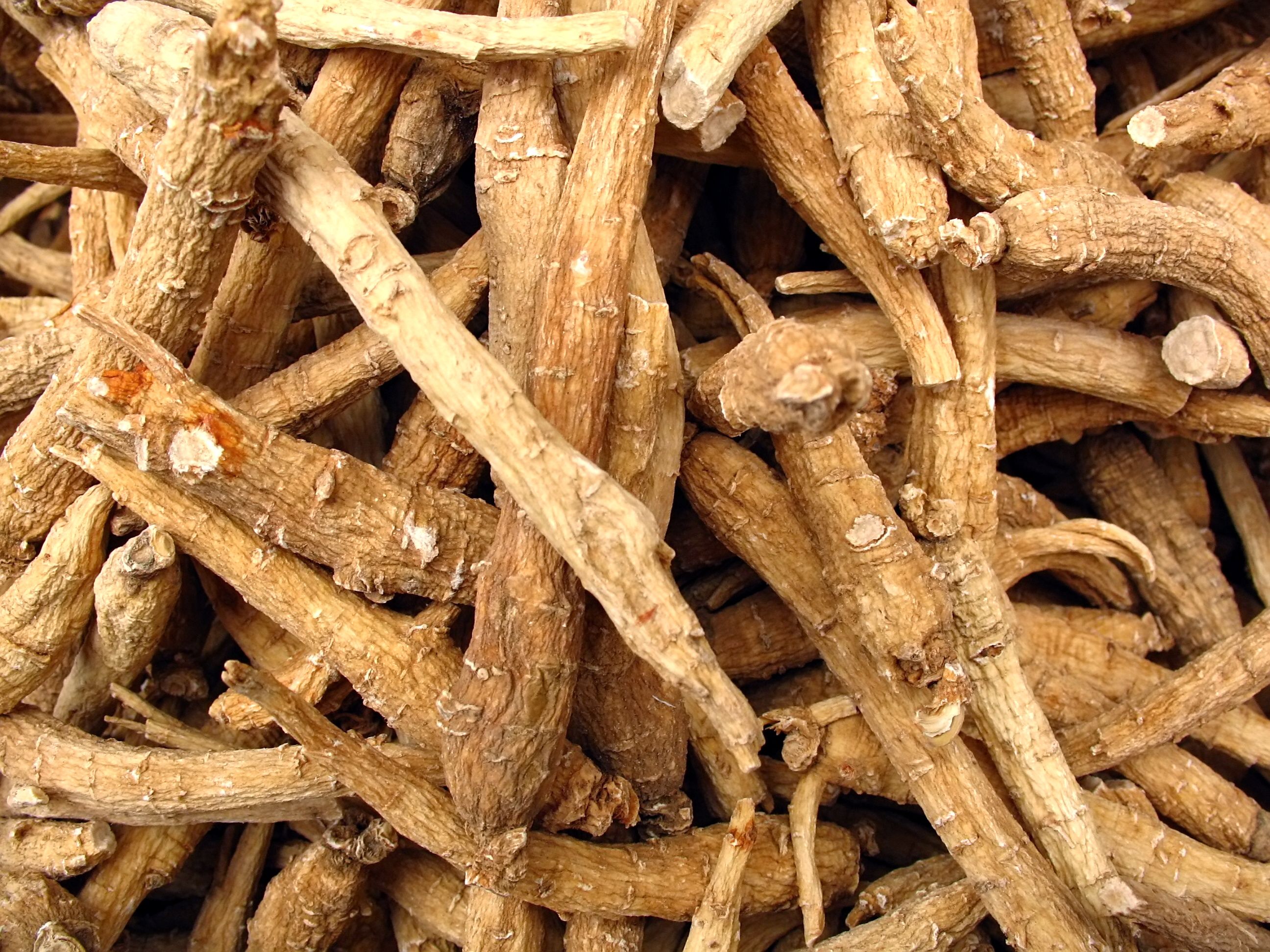LC×LC With UV Detection and 3D Contour Plot Differentiates Ginseng in Two Types of Chinese Medicine
Authentication of popular ginseng-based products has been difficult and has caused confusion in quality control between traditional Chinese medicine (TCM) and Chinese patent medicine (CPM).
A group of researchers at Tianjin University of Traditional Chinese Medicine in China is addressing concerns about quality control in their field of study by publishing a new report investigating the common confusion between traditional Chinese medicine (TCM) and Chinese patent medicine (CPM) when it comes to the derivatization of ginseng products (1). Their proposed method of authentication uses online comprehensive two-dimensional liquid chromatography (LC×LC) to develop a three-dimensional (3D) characteristic chromatogram and contour plot to visualize stereoscopic chromatographic peaks (1).
ginseng roots from chinese herbal pharmacy | Image Credit: © nettestock - stock.adobe.com

The study in the Journal of Chromatography A detailed the coupling of the LC×LC separation with an ultraviolet (UV) detector and the 3D contour plot to differentiate among 12 different ginseng species and identify ginseng in 21 different CPMs (1). According to the researchers, authenticating plant origin and distinguishing TCMs from easily confused herbal medicines used in the production of CPMs is challenging because in that process, much DNA information is destroyed. Not only did the selected strategy in this case outperform previous results compiled by high performance liquid chromatography (HPLC) with UV detection (HPLC-UV), but verification of results was achieved with quantitative assays of 11 ginsenosides from 10 CPMs by multiple reaction monitoring of an ultrahigh-pressure liquid chromatography (UHPLC) system coupled to Q-Trap mass spectrometry (UHPLC–Q-Trap-MS).
Derived from the genus Panax, natural ginseng products are popularly used in food and health care items, cosmetics, and certain preparations of TCM. But the high price and demand for ginseng, according to the researchers, has often led to its adulteration in the market (1). Because multiple Panax species, and even components of the same plant like the root, leaf, and flower bud, share ginsenosides as major bioactive components, quality evaluation is difficult.
Mass spectrometry (MS) was avoided in the initial separation, the researchers said, because of the cost of these instruments; and the conventional HPLC-UV approach provided only a single mechanism of separation along with low peak capacity. In contrast, LC×LC with the 3D characteristic chromatogram, retaining the UV detection paired previously with HPLC, proved especially useful for determination of the ginsenosides Rg1/Re and Rc/Ra1 which have traditionally been hard to resolve with HPLC. Overall, the study found that this method was able to yield good resolution of 17 known ginsenoside markers in a 50 min runtime, and demonstrated the differences in content between the markers based on depth of shade (1).
While this study is not yet definitive, its authors believe that the results they achieved were significant enough for the 3D characteristic chromatogram to be adopted as the methodology of record for ginseng analysis and authentication, particularly given the growing popularity of two-dimensional liquid chromatography (2D-LC) instruments and methods.
Reference
(1) Xu, X.; Jiang, M.; Li, X.; et al. Three-dimensional characteristic chromatogram by online comprehensive two-dimensional liquid chromatography: Application to the identification and differentiation of ginseng from herbal medicines to various Chinese patent medicines. J. Chromatogr. A 2023, 1700, 464042. DOI: 10.1016/j.chroma.2023.464042
Study Explores Thin-Film Extraction of Biogenic Amines via HPLC-MS/MS
March 27th 2025Scientists from Tabriz University and the University of Tabriz explored cellulose acetate-UiO-66-COOH as an affordable coating sorbent for thin film extraction of biogenic amines from cheese and alcohol-free beverages using HPLC-MS/MS.
Quantifying Microplastics in Meconium Samples Using Pyrolysis–GC-MS
March 26th 2025Using pyrolysis-gas chromatography and mass spectrometry, scientists from Fudan University and the Putuo District Center for Disease Control and Prevention detected and quantified microplastics in newborn stool samples.
Multi-Step Preparative LC–MS Workflow for Peptide Purification
March 21st 2025This article introduces a multi-step preparative purification workflow for synthetic peptides using liquid chromatography–mass spectrometry (LC–MS). The process involves optimizing separation conditions, scaling-up, fractionating, and confirming purity and recovery, using a single LC–MS system. High purity and recovery rates for synthetic peptides such as parathormone (PTH) are achieved. The method allows efficient purification and accurate confirmation of peptide synthesis and is suitable for handling complex preparative purification tasks.







